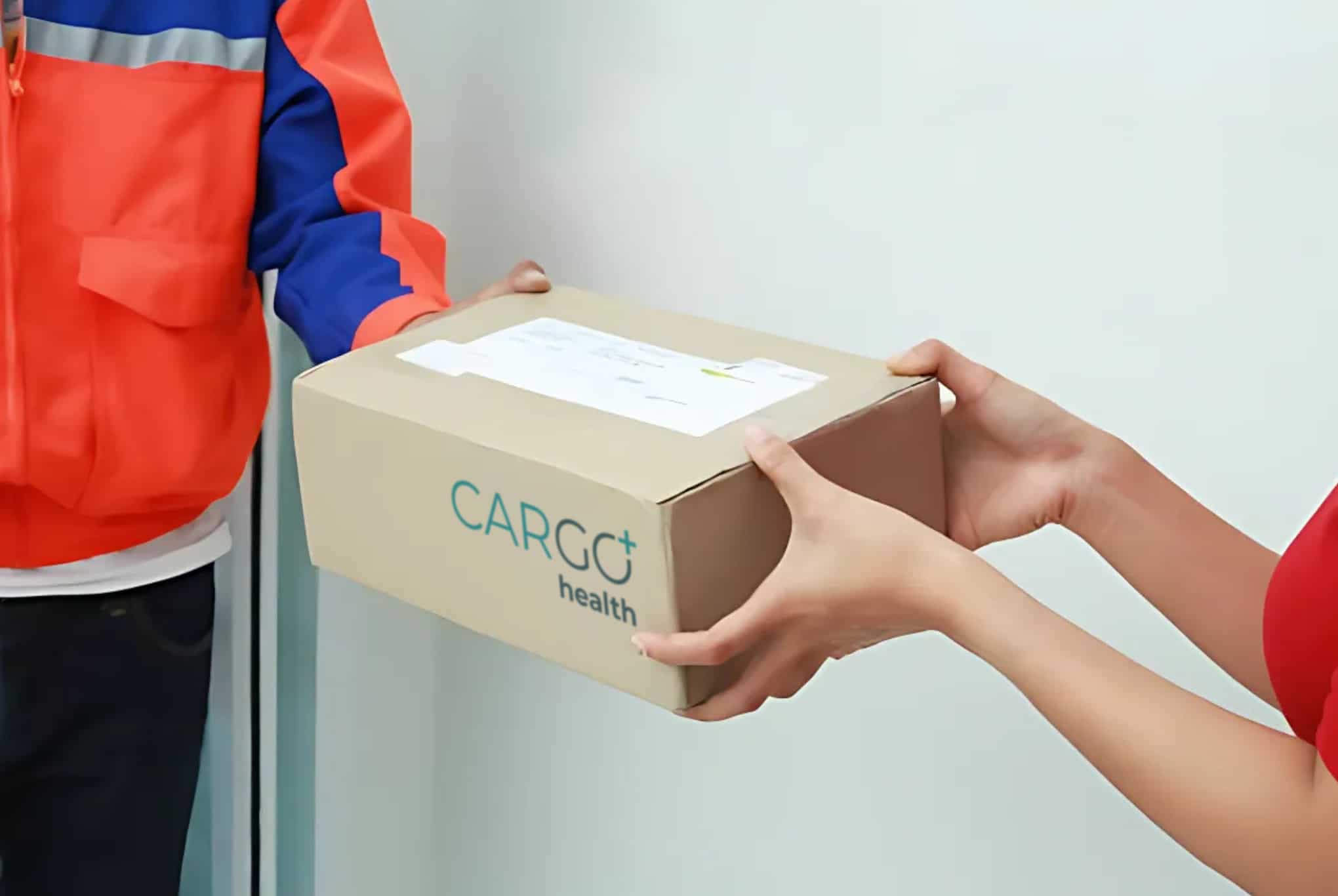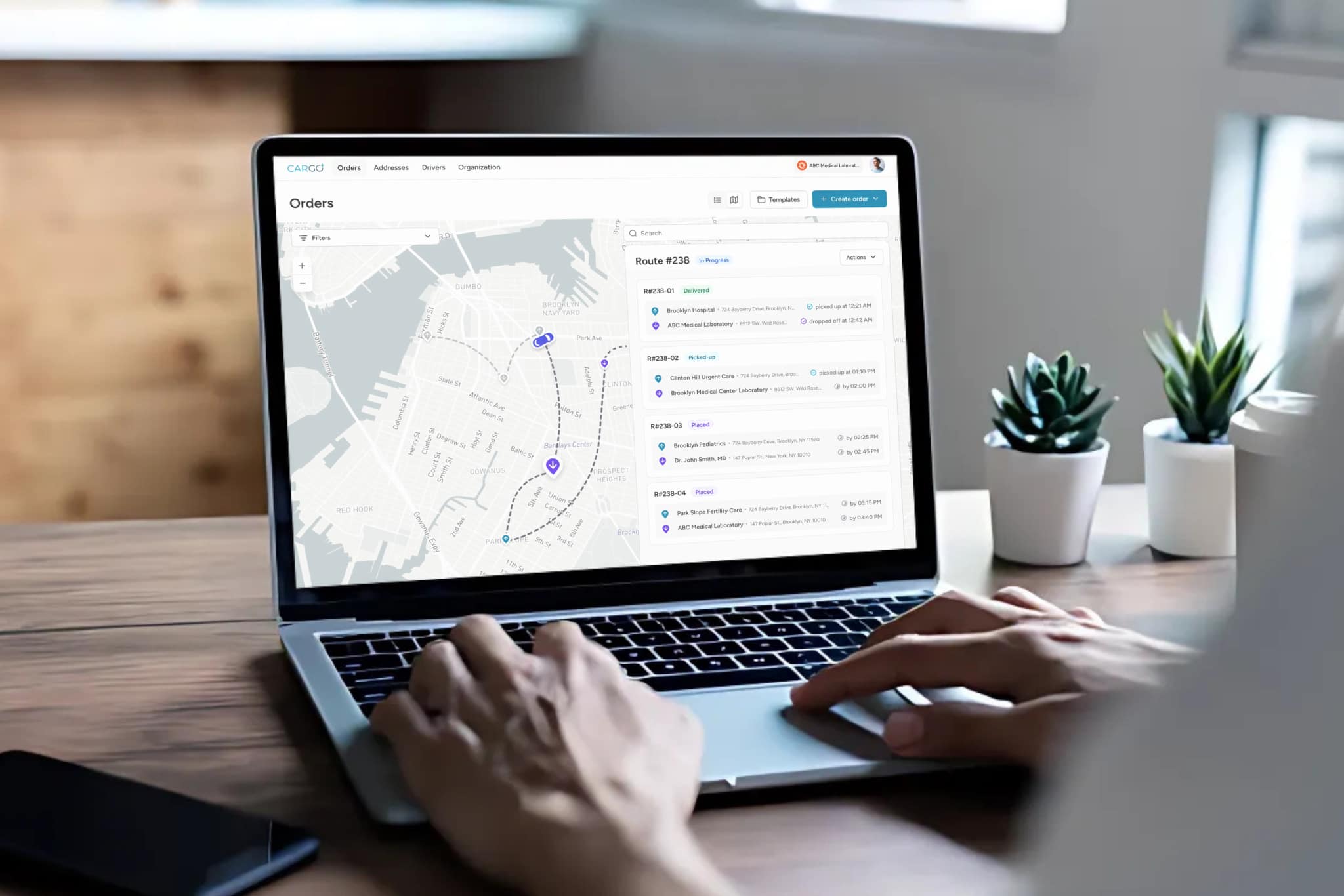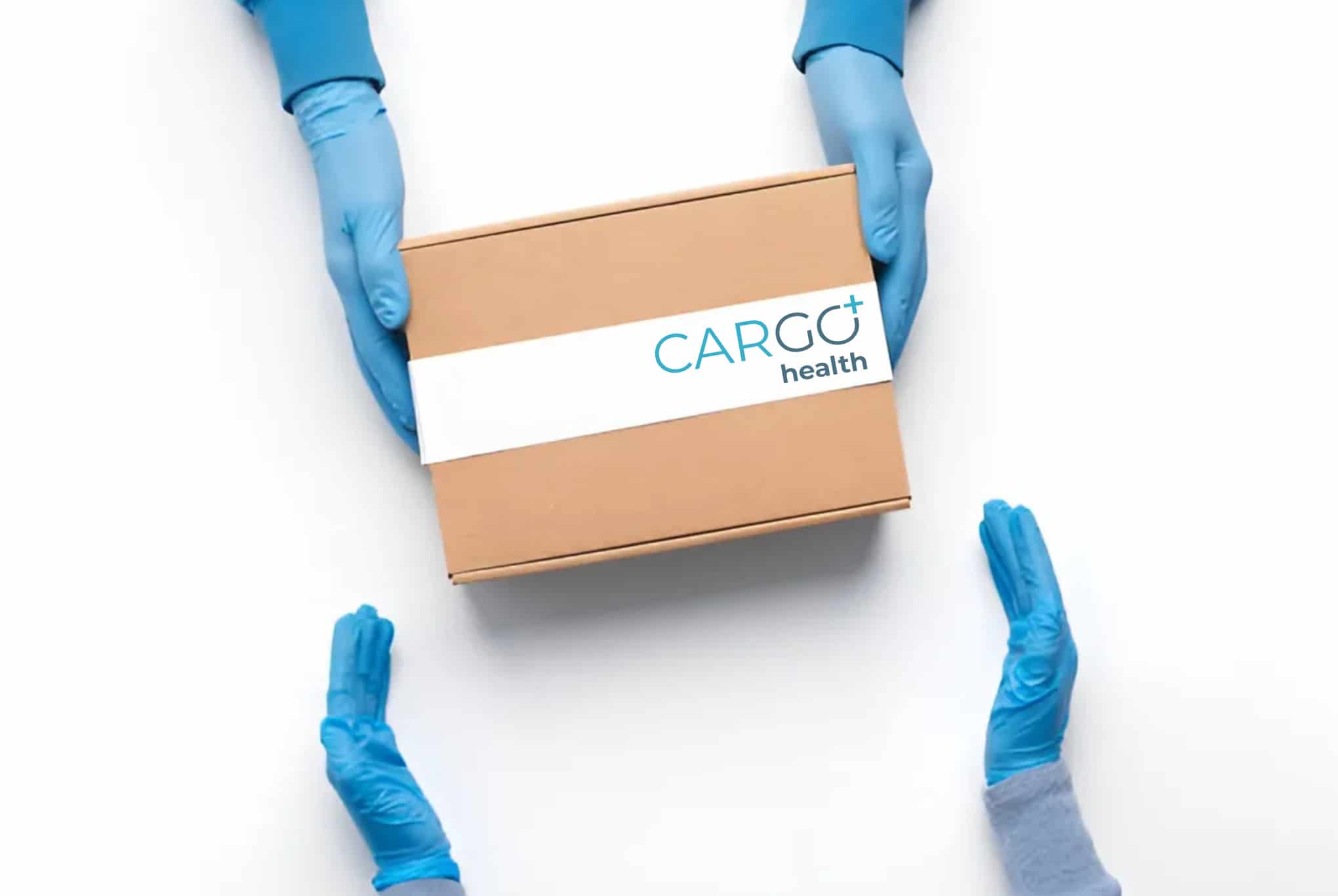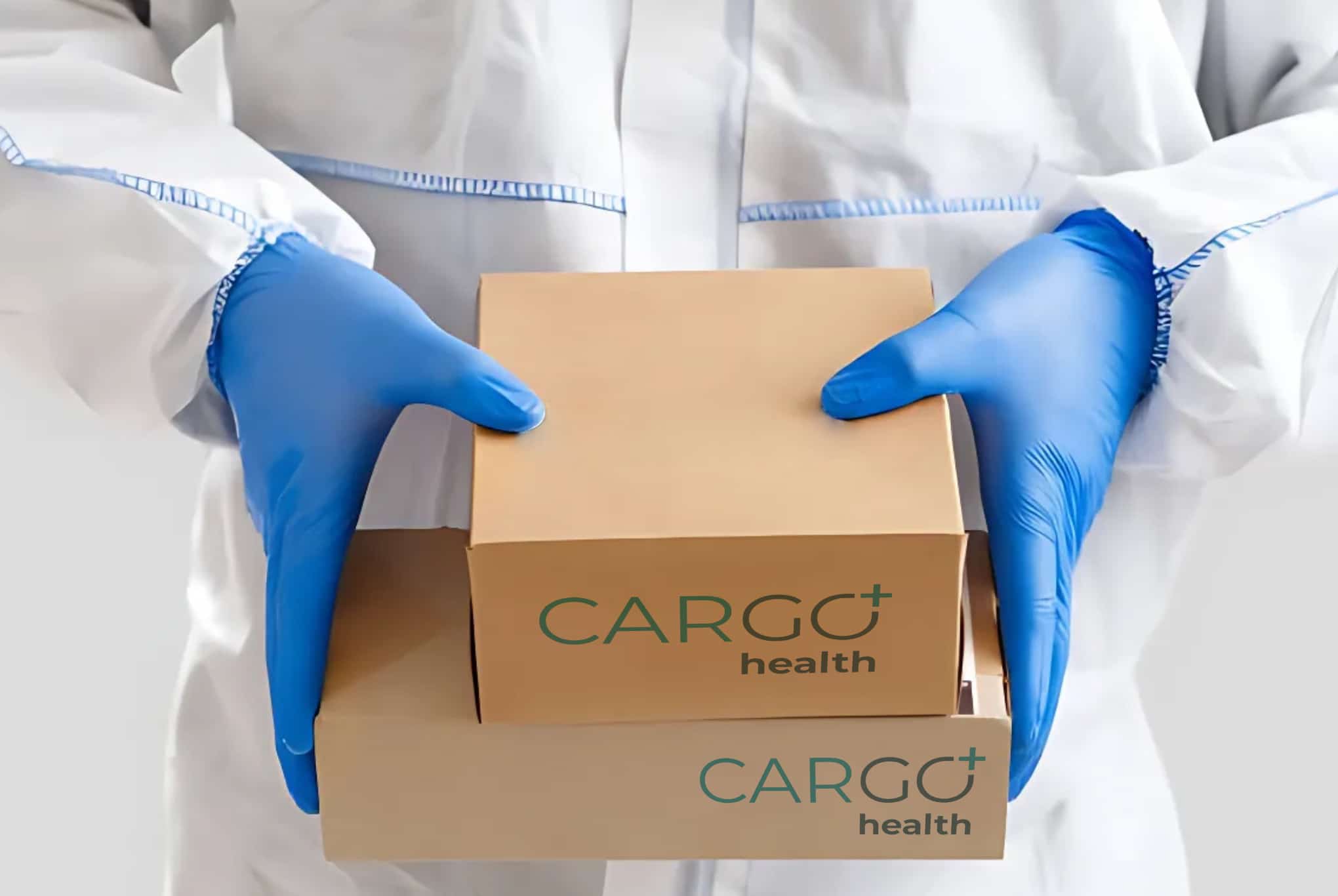How AI Is Changing Healthcare Logistics in 2025
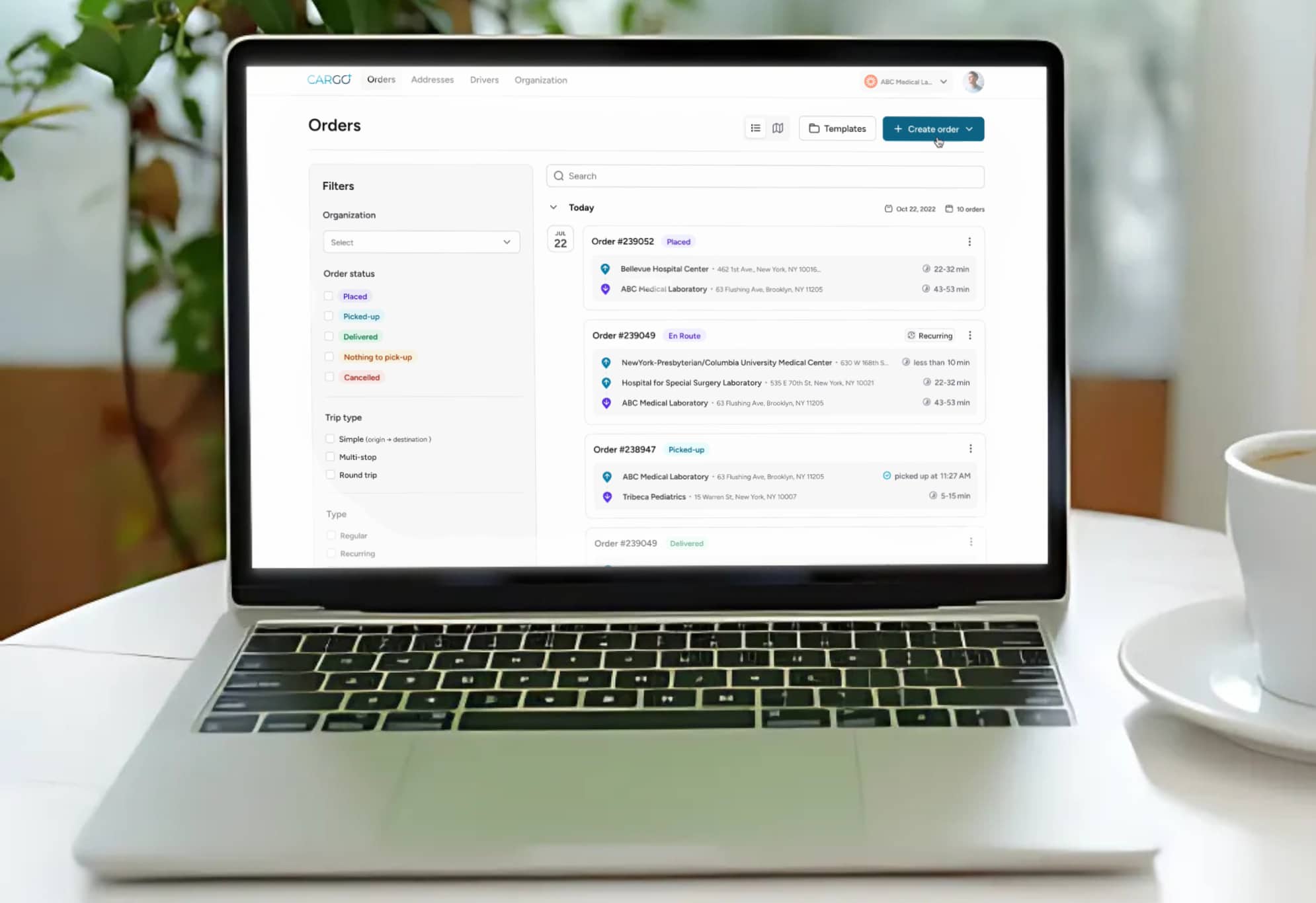
Artificial intelligence is becoming a foundational technology in healthcare logistics. In 2025, AI applications extend well beyond administrative support—they are actively driving operational decision-making across routing, dispatch, and predictive demand planning. For medical couriers and healthcare providers, AI is no longer an innovation layer but an operational requirement.
From route optimization to dynamic resource allocation, AI is redefining what efficiency and precision look like in medical delivery networks.

1. Intelligent Route Optimization with Real-Time Adaptation
Traditional routing systems rely on static rules and pre-set schedules. In contrast, AI-based logistics platforms continuously analyze real-time data—traffic conditions, road closures, weather events, and historical route performance—to dynamically generate the most efficient paths for each delivery.
In healthcare, where time-sensitive items like lab specimens, temperature-controlled drugs, and surgical instruments are involved, this real-time adaptation significantly reduces delays and missed windows.
Technical Features:
- Machine learning models trained on historical traffic and delivery performance
- Real-time rerouting based on road events and volume density
- Adaptive prioritization for STAT or high-criticality deliveries
2. Automated Dispatching and Load Balancing
Manual dispatching can introduce latency, inconsistency, and human error. AI dispatch systems automate this process, evaluating the optimal assignment of deliveries to drivers based on proximity, availability, delivery type, and required equipment (e.g., temperature-controlled containers or lift-gate vehicles).
This automation reduces idle time, increases courier utilization rates, and supports load balancing across urban and suburban service zones.
Operational Improvements:
- Algorithmic matching of deliveries to optimal drivers
- Multi-variable load planning across same-day and scheduled routes
- Fleet usage analytics for capacity forecasting
3. Predictive Demand Forecasting and Resource Planning
By ingesting historical delivery volumes, patient appointment patterns, seasonal demand shifts, and clinical procedure trends, AI systems generate predictive models that help healthcare logistics providers anticipate future needs.
This forecasting capability enables better inventory staging, pre-positioning of drivers, and equipment allocation—critical for managing high-volume events such as flu seasons, vaccination campaigns, or scheduled mass lab pickups.
Forecasting Capabilities Include:
- Hourly and daily demand projections by delivery type
- Predictive SLA pressure zones for dynamic resourcing
- Anomaly detection to identify unusual surge patterns or inefficiencies
4. Exception Management and Predictive Failure Detection
AI systems can identify potential delivery risks before they occur. By analyzing driver behavior, environmental conditions, and historical delivery data, algorithms can predict late arrivals, temperature excursions, or route bottlenecks. Alerts can be generated before thresholds are breached, allowing proactive intervention by dispatch or clinical teams.
This predictive error management improves compliance with chain-of-custody and cold chain protocols, particularly for biologics and transplant materials.
Risk Mitigation Benefits:
- Predictive alerts for missed time windows or asset failures
- Temperature deviation forecasts based on historical performance
- Escalation workflows triggered by real-time risk scores
5. Integration with EHR and LIS Systems for Workflow Synchronization
AI-powered logistics platforms can interface with electronic health record (EHR) and laboratory information systems (LIS), using real-time clinical events to trigger delivery workflows. For instance, a lab test order can automatically initiate a courier dispatch, or a discharge plan can schedule delivery of home equipment and medications.
This tight integration aligns logistics activity with patient care cycles, reducing administrative overhead and improving continuity of care.
System Integration Capabilities:
- API-driven event-to-dispatch linkage
- Automated order ingestion and delivery synchronization
- Real-time feedback loop between clinical systems and logistics dashboards
Key Insights
In 2025, AI is embedded in the operational core of healthcare logistics. From intelligent routing to predictive failure detection, its role extends across the full delivery lifecycle. For healthcare providers and medical courier services, AI adoption is not simply a technical upgrade—it is a strategic necessity for meeting clinical demands with reliability, accuracy, and foresight.
